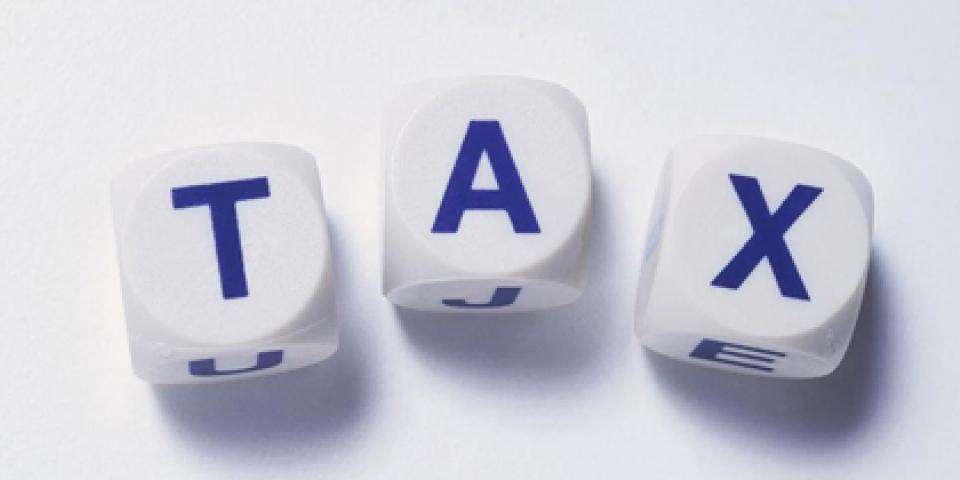


In the People’s Republic of China (“the PRC”, hereinafter refer to as China), there are around fifteen types of taxes that foreign entities may need to pay, which includes Enterprise Income Tax (“EIT”), Individual Income Tax (“IIT”), Value Added Tax (“VAT”), Business Tax (“BT”), Consumption Tax, City Construction Tax, Custom Duty, Stamp Duty, Property Tax, Vehicle and Vessel Tax, City Land Usage Tax, Deed Tax, Land Value Added Tax, Resource Tax, Vehicle Purchase Tax. This paper aims to introduce the fundamental principles and guidelines of EIT liability in China. Additionally, the key elements of China’s VAT and BT systems are also introduced.
Many SME’s will enjoy tax benefits, such as reduced rates for small or low-profit enterprises. Further incentives are provided for high-tech enterprises or those that are established in western regions. Section 6 provides a list of these incentives.
It should be understood that taxation is a tool which State authorities frequently adjust to achieve economic and social initiatives in a rapidly evolving economy. As such, specific tax incentive policies, tax rates and calculation methodologies may change with seemingly little warning. Furthermore, tax rates may also vary based on the specific scope, industry, or local jurisdiction in which a company operates. This paper should serve only as a starting point for familiarizing yourself with China’s EIT system.